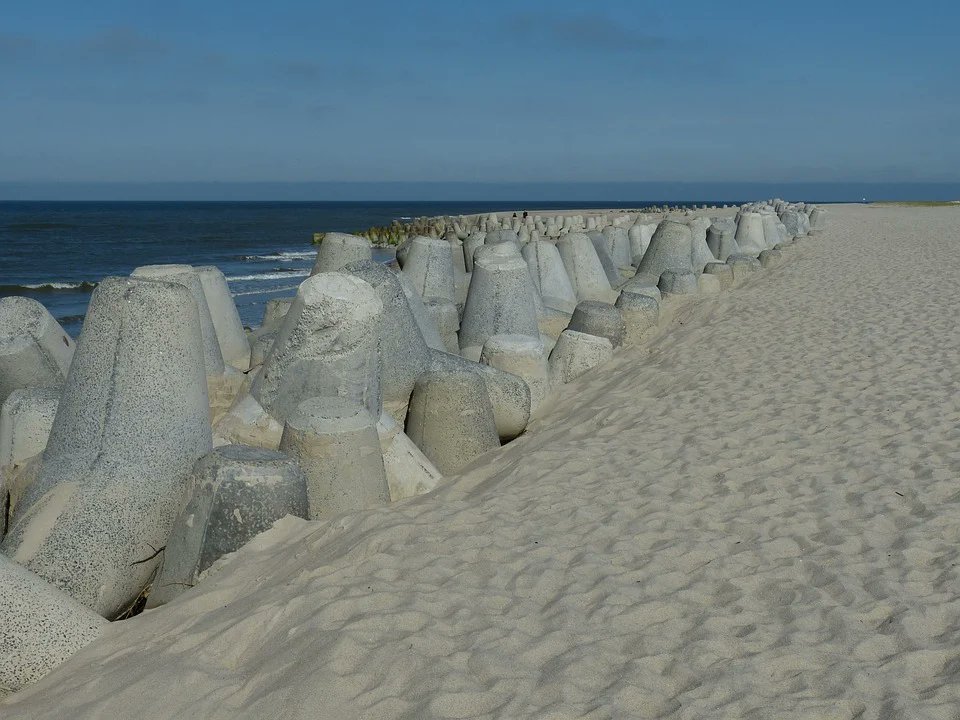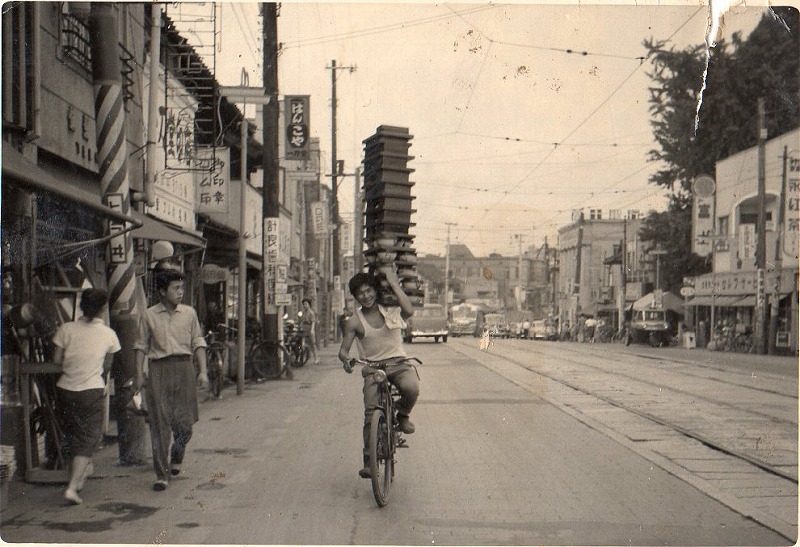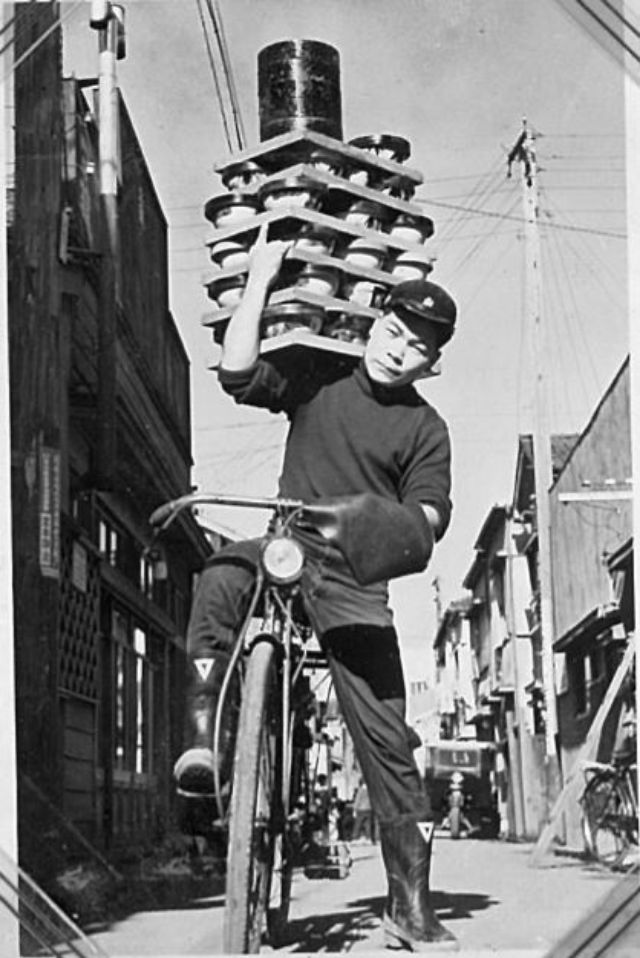
Guessing game time!!
Before reading the rest of the thread, what do you think these objects were used for???
(tell me your guesses in the replies)
1/



Before reading the rest of the thread, what do you think these objects were used for???
(tell me your guesses in the replies)
1/

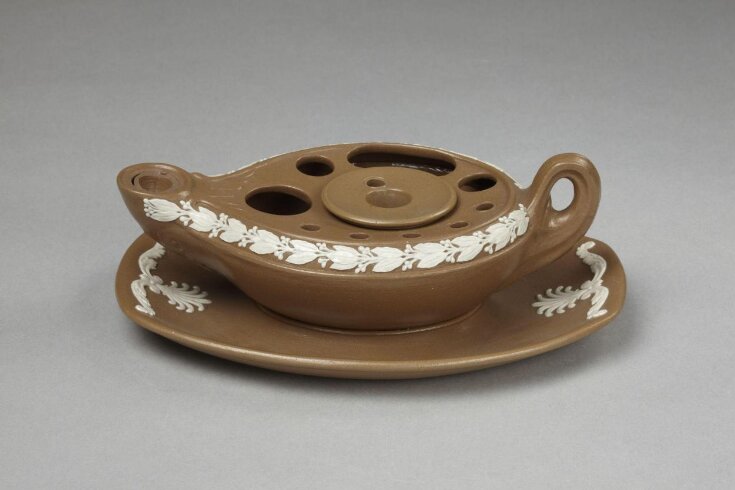
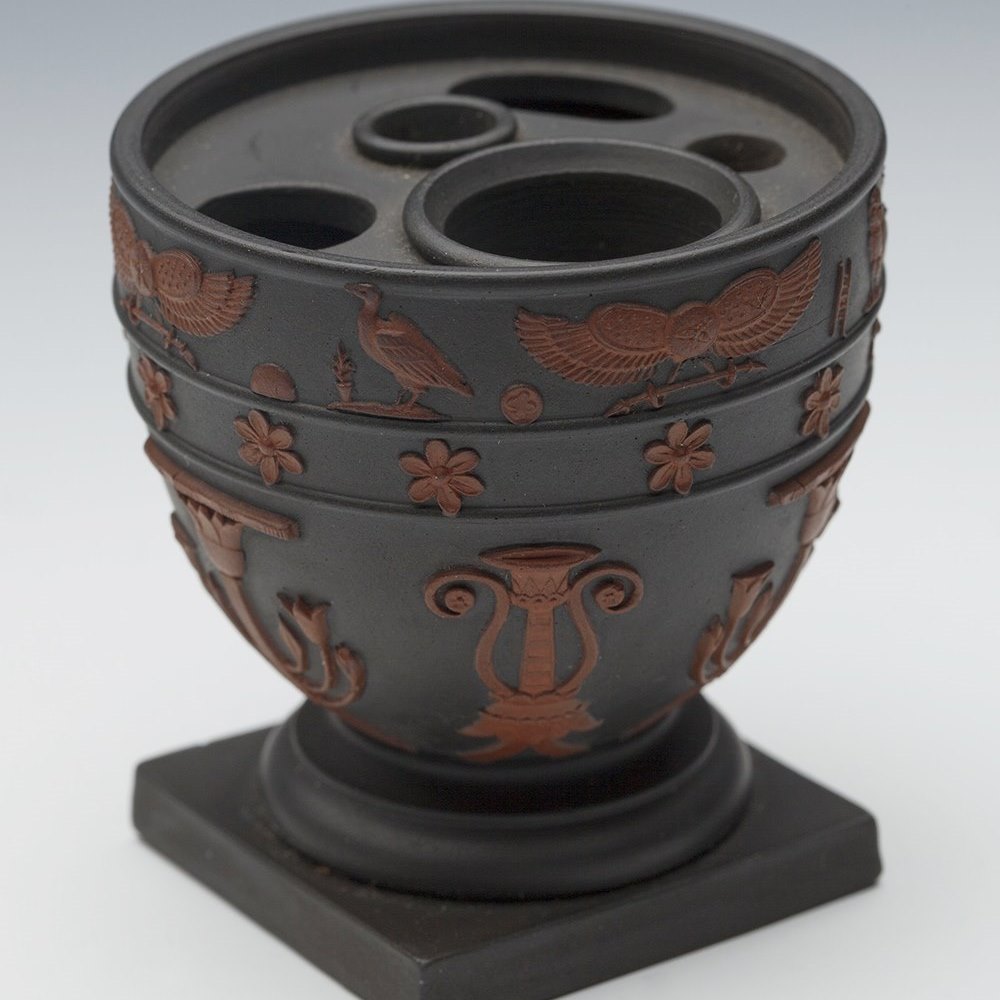

These things are called "pyrophorus vases."
For a short time period from around 1810 to 1830, these objects were used to instantly start fires in a spectacular yet dangerous manner.
2/
For a short time period from around 1810 to 1830, these objects were used to instantly start fires in a spectacular yet dangerous manner.
2/
Before the invention of the pyrophorus vase, starting a fire was awkward and extremely time consuming.
But around 1810, chemistry came to the rescue!
3/
But around 1810, chemistry came to the rescue!
3/
Inside the vase was a bunch of highly volatile sulfuric acid (!!!).
The vases also had holders for a candle and a specially prepared wooden match.
4/
The vases also had holders for a candle and a specially prepared wooden match.
4/
The tip of the match was coated in a mixture of chlorate of potash and sugar.
You dipped the match head into the sulfuric acid, and then when you exposed it to the air, a chemical reaction caused it to instantly burst into flame.
Then you could use it to light the candle.
4/
You dipped the match head into the sulfuric acid, and then when you exposed it to the air, a chemical reaction caused it to instantly burst into flame.
Then you could use it to light the candle.
4/
The four examples above were all manufactured by Wedgwood, a English purveyor of imitation porcelain marketed at the emerging middle class.
However, even cheaper versions made out of metal have also survived.
5/
However, even cheaper versions made out of metal have also survived.
5/
Thanks in part to Wedgwood's marketing efforts, the pyrophorus vase was extremely popular for a time in England, and was exported to other parts of Europe and America.
6/
6/
An 1813 report written by one of Wedgwood's senior managers, Josiah Byerley, notes that "Everybody who has had the Vases speaks highly of their utility" and describes how a few days earlier he had visited the court of Queen Charlotte and sold her several pyrophorus vases.
7/
7/
To keep its customers supplied with sulfuric acid, Wedgwood teamed up with the London-based firm of Accum & Garden of Compton Street in Soho, which supplied acid and acid bottles.
8/
8/
However, the pyrophorus vase was not long for this world.
The development of the much less expensive and much safer "safety match" after 1830 meant that there was no longer a need for these vases.
9/
The development of the much less expensive and much safer "safety match" after 1830 meant that there was no longer a need for these vases.
9/
The pyrophorus vase quickly disappeared and was almost completely forgotten to history, so much so that many museums around the world mis-classified these objects as "inkwells" until historical research uncovered their true purpose.
10/
10/
Indeed, the confusion is somewhat understandable, since Wedgewood had repurposed 40 molds it had originally used to create inkwells to create these vases.
11/
11/
This means they look almost exactly the same as actual Wedgwood inkwells, with the only, telltale difference being the configuration of the holes and candle holder on top.
12/
12/
• • •
Missing some Tweet in this thread? You can try to
force a refresh




